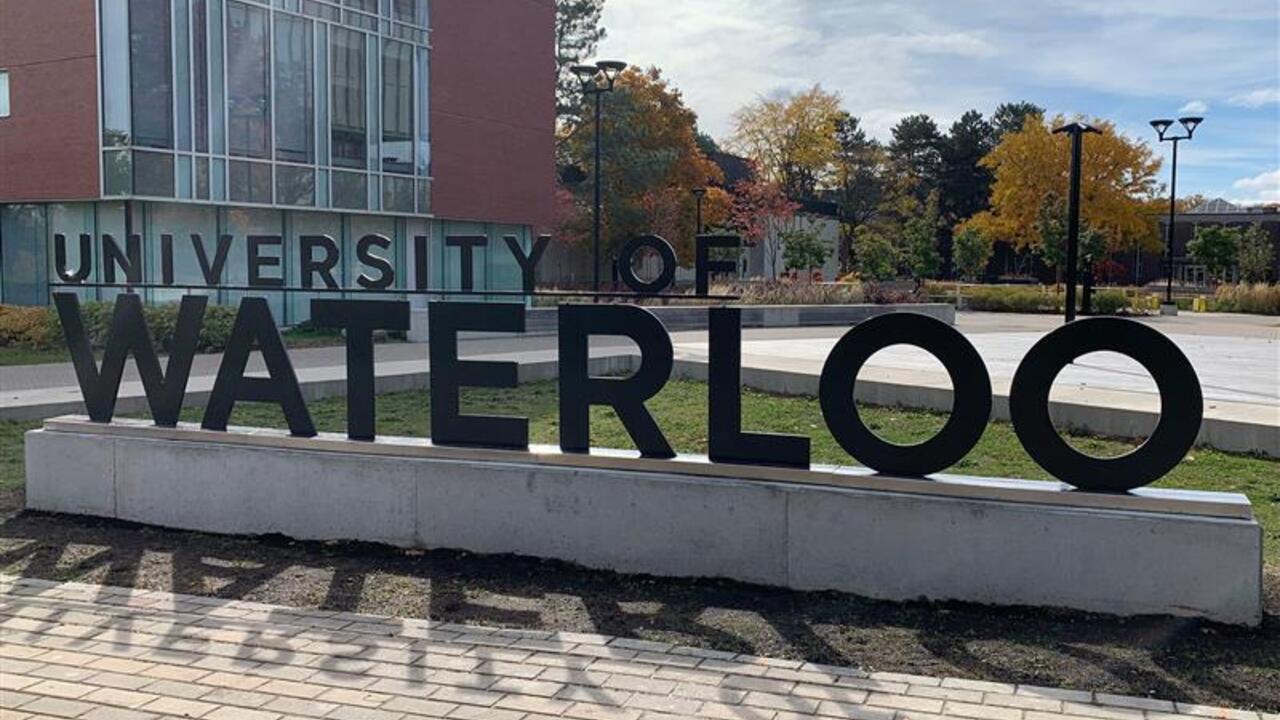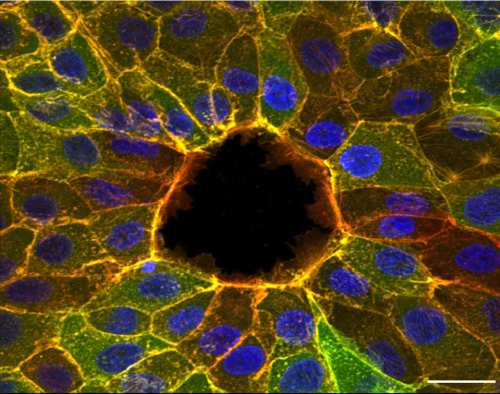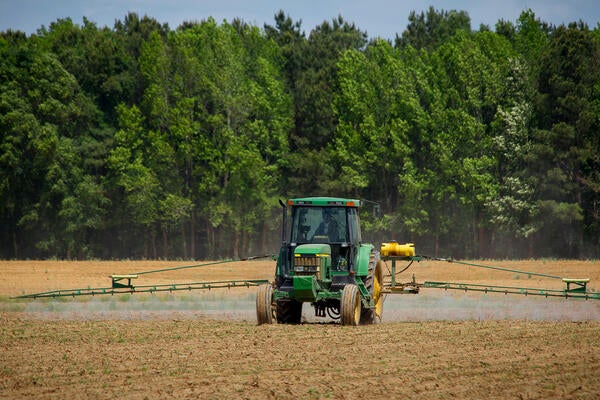
Discovery about wound healing key to understanding cell movement
Research by a civil engineer from the University of Waterloo is helping shed light on the way wounds heal.

Research by a civil engineer from the University of Waterloo is helping shed light on the way wounds heal.
By Media RelationsResearch by a civil engineer from the University of Waterloo is helping shed light on the way wounds heal and may someday have implications for understanding how cancer spreads, as well as why certain birth defects occur.
Professor Wayne Brodland is developing computational models for studying the mechanical interactions between cells. In this project, he worked with a team of international researchers who found that the way wounds knit together is more complex than we thought. The results were published this week in the journal, Nature Physics.
"When people think of civil engineering, they probably think of bridges and roads, not the human body," said Professor Brodland. "Like a number of my colleagues, I study structures, but ones that happen to be very small, and under certain conditions they cause cells to move. The models we build allow us to replicate these movements and figure out how they are driven."
When you cut yourself, a scar remains, but not so in the cells the team studied. The researchers found that an injury closes by cells crawling to the site and by contraction of a drawstring-like structure that forms along the wound edge. They were surprised to find that the drawstring works fine even when it contains naturally occurring breaks.
This knowledge could be the first step on a long road towards making real progress in addressing some major health challenges.
"The work is important because it helps us to understand how cells move. We hope that someday this knowledge will help us to eliminate malformation birth defects, such as spina bifida, and stop cancer cells from spreading," said Professor Brodland.
The research team was composed of 10 researchers from Spain, France, Singapore and Canada. Professor Brodland is one of the paper's two Canadian co-authors. His contribution received support from the Natural Sciences and Engineering Research Council of Canada.

The drawstring fragments along the wound edge are shown in bright yellow, the cell extensions associated with crawling are red, and the cell nuclei are blue. Photo credit: Ester Anon
In just half a century, the University of Waterloo, located at the heart of Canada's technology hub, has become one of Canada's leading comprehensive universities with 35,000 full- and part-time students in undergraduate and graduate programs. Waterloo, as home to the world's largest post-secondary co-operative education program, embraces its connections to the world and encourages enterprising partnerships in learning, research and discovery. In the next decade, the university is committed to building a better future for Canada and the world by championing innovation and collaboration to create solutions relevant to the needs of today and tomorrow. For more information about Waterloo, please visit www.uwaterloo.ca.
-30-
Pamela Smyth
University of Waterloo
519-888-4777
psmyth@uwaterloo.ca
www.uwaterloo.ca/news
@UWaterlooNews

Read more
Collaboration with diverse health-care leaders ensures a curriculum tailored to address the sector's most pressing challenges

Read more
Farmers need support to adopt farm forests, windbreaks and riparian buffers as environmental best management practices

Read more
Transformative AI innovations, data and ethics are the focus across digital health academia, clinical practice and industry
The University of Waterloo acknowledges that much of our work takes place on the traditional territory of the Neutral, Anishinaabeg and Haudenosaunee peoples. Our main campus is situated on the Haldimand Tract, the land granted to the Six Nations that includes six miles on each side of the Grand River. Our active work toward reconciliation takes place across our campuses through research, learning, teaching, and community building, and is co-ordinated within the Office of Indigenous Relations.